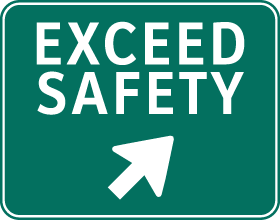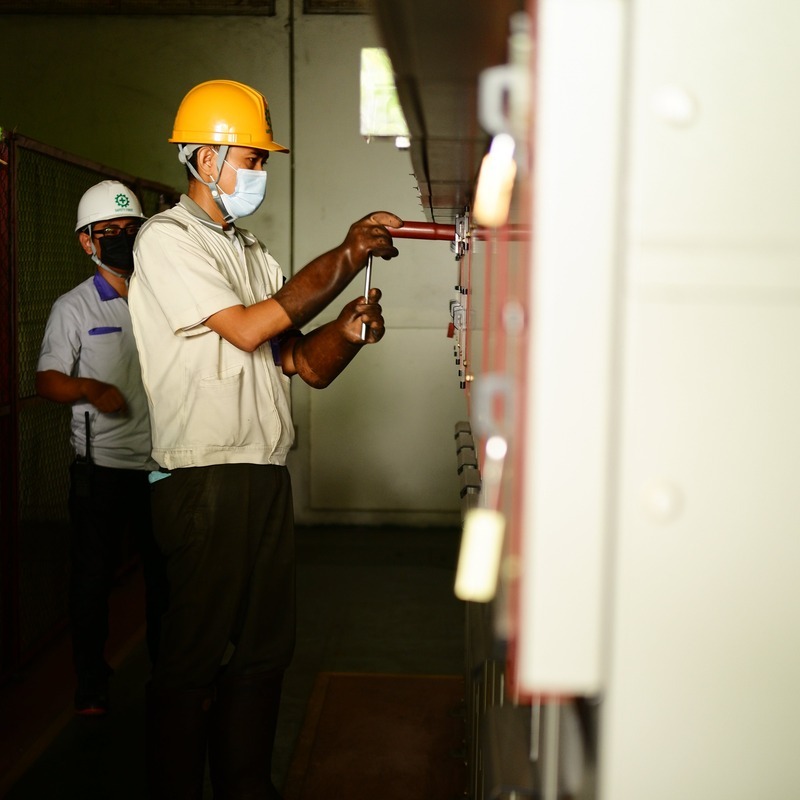Overview & Objectives
The Working Safely with Electricity for Construction online training from Exceed Safety’s is an introductory-level training that focuses on the common electrical hazards in the construction sector by reviewing safe working procedures and overall inspection processes. Throughout this online training, individuals can discover which strategies should be used to aid personnel who must work safely with electrical equipment and systems. Participants can also expect to learn OSHA’s electrical safety guidelines and regulations.
NOTICE: Participants are encouraged to further their knowledge by reviewing the reference guide on OSHA Standards, CFR 1926 and Subpart K on Electrical Construction.
Exceed Safety’s Working Safely with Electricity for Construction online training identifies the four common electrical hazards, safe working procedures, and the inspection processes needed to enhance an overall safe work environment. Specific course topics include the following:
- Overview of electrical safety
- Common electrical hazards in construction
- Working with electricity in construction
Specific industry terms addressed within the course include the following:
- OSHA
- National Institute for Occupational Health and Safety (NIOSH)
- National Electrical Code (NEC)
- National Fire Protection Association (NFPA)
- Center for Occupational Research and Development
- Emergency Medical Services (EMS) team
- Cardiopulmonary resuscitation (CPR)
- Ground fault circuit indicators (GFCIs)
Who Is This Course For?
The Working with Electricity for Construction online training is intended for all construction workers and management whose operations may bring them in contact with live electrical circuits and energized electrical equipment. Individuals who will specifically benefit from this course include the following:
- Construction workers
- Construction managers
- Construction foremen
- Construction supervisors
Features & Benefits
Exceed Safety’s Working with Electricity for Construction online safety course is designed to better prepare all those on the construction worksite for work with electricity and electrical safety hazards on the jobsite. Upon successful completion of this course, participants can expect to:
- Be familiar with OSHA, NIOSH, and NEC electrical safety standards
- Know how to identify the four common electrical hazards
- Understand the effects of electricity on the human body
- Be aware of the techniques used to inspect electrical equipment
In Person Training
Participants in our in-person courses can expect to be taught by our most skilled and experienced instructors. Our instructors strive to make our in-person classes dynamic by incorporating meaningful activities that allow peer-to-peer discussion and collaboration, hands-on learning, and real-life examples. Participants will also be able to have most questions answered while attending the class. Some of our classes are available via Zoom (just call us for more information) and can be combined with virtual-blended learning.


